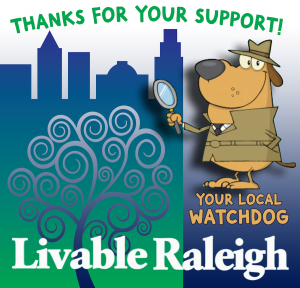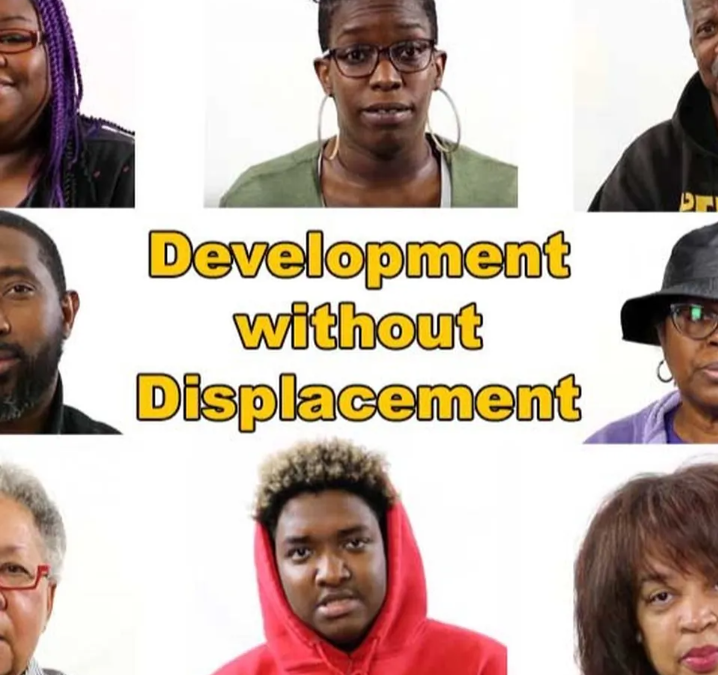
Michael Sutton describes himself as “just a citizen in east Raleigh.” He recently agreed to share the following comments on TODs (Transit Overlay Districts) that he sent to the City Council for their consideration.
Dear City Council,
I am writing in opposition to the TOD rezoning case before you on January 30th. I believe that the concept of a Transit Overlay District is an important policy tool, but flawed in the way it is currently being applied to almost 750 parcels, as if there were not any difference between the many diverse properties along this corridor.
This week in the Triangle Business Journal, former chair of the Raleigh planning commission Eric Braun and infrastructure engineer Phil Veasley argued that Raleigh needs the transit overlay district for New Bern Avenue. While their logic is sound, the application of where they are applying that logic is just as flawed as the City Planners applying the TOD along the entire length of the corridor.
Braun and Veasley argue that the TOD will increase the likelihood of density to justify Raleigh’s investment in the BRT system. I argue that the neighborhoods along this corridor are already the most densely populated of any single-family neighborhood in Raleigh. If we didn’t have density, the bus route along New Bern wouldn’t have the city’s highest ridership.
Braun and Veasley argue that the TOD will reduce displacement pressure on existing homes because the TOD allows for higher density in strategic places. That would be true if this rezoning case did not include existing neighborhoods along the corridor. In fact, the current TOD rezoning is not strategic at all if it is applied to every property in the corridor.
In 2019 when property owners along the corridor were first informed of the TOD, the letter from the city said that this overlay would be applied to commercial properties. Later information from City Planners said that the TOD would not be appropriate to be applied to historic neighborhoods or properties with Neighborhood Conservation District Overlays. The current rezoning case ignores all guidelines that were initiated in the beginning and instead uses this one tool indiscriminately down the corridor echoing the failed policies of Urban Renewal.
On January 30th, City Council should vote against the current rezoning case and send City Planners back to the drawing board to redo the map.
Wide support of the TOD can be accomplished by strategically applying it to commercial properties and open lots. You cannot reduce the displacement pressure on the existing neighborhoods when you include those very neighborhoods in the TOD! Rezoning is an expensive aspect of redevelopment that includes architects, engineers, and lawyers. If the City is to provide this rezoning to potential developers for free, then it should concentrate on placing the density where it is needed: in the open spaces, asphalt parking lots, and not be an advocate for displacing the existing neighborhoods.
Michael Sutton
East Edenton Street
You can read previous pieces by Michael Sutton here:
If you appreciate the kind of reporting we bring to you
|
Please donate $10 or $20, Thanks for supporting |
 |

